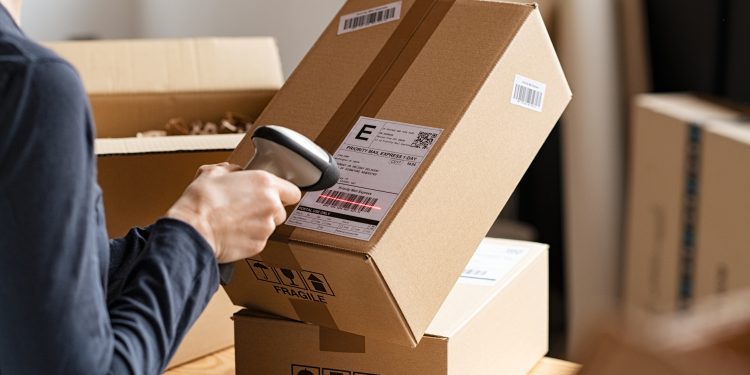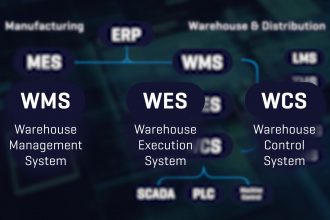The Digitization of Intralogistics: Returns

Returns have come a long way in the past few decades; technology is helping.
Returns are a big deal in logistics, and since the pandemic-driven surge in ecommerce, they are also more common than ever before. The National Retail Federation (NRF) estimates that 16.5 percent of in-store and on-line sales were returned in 2022. That adds up. According to NRF, returns in 2022 cost almost $817 billion of the year’s $495.5 trillion in sales.
Managing those returns is a monumental task for companies, and if not handled well, the costs mount. When you’re considering the costs of reverse logistics, there are several factors that can add up. These include inbound transportation and processing, refunds, credits, refurbishing, recycling, repairing and more. If mishandled, there’s also the chance that you lose customers—while it’s tough to quantify that cost, it can be substantial.
To optimize the returns processes, you need to digitize them. While not a new concept, adding the strength of robust technology solutions—digitizing the processes—will lead to fewer losses and happier, long-term customers. If done right, you’ll be participating in the sustainable circular economy, too.
To maximize the efficiency of your return’s operations, begin by establishing dedicated processes and allocating dedicated space within your warehouse. This can be achieved through retrofitting existing facilities or when constructing a new greenfield space.
When it comes to the actual processing of these goods, you need to consider both the products themselves and the non-merchandise returns, too. Pallets, totes, carts, and packaging are all part of the returns processing, and you must have digital oversight of their disposition, too.
Your warehouse management system (WMS) and/or warehouse execution system (WES) should include features dedicated to returns processing. Using these tools can digitize your returns in several ways. This might include returns labels and the like generated when products go out the door for the first time. This simplifies the returns when a customer chooses to send the products back. (Be careful here, though, as inclusion of return labels with initial shipments may be an open invitation for some buyers to overload the system and add costs with fickle purchases). You can also use software tools to analyze best practice options. For instance, what should refund offers look like? What about product exchanges? Weigh the best approaches to these options and implement the most cost-effective solution.
Digitized inventory management is essential in knowing where your products are and in what location. Adjust your inventory management rules to include returns outcomes.
As returns processing evolves, machine learning and artificial intelligence will inevitably enter the picture. These modern tools are already making an impact on overall supply chain management and will continue to do so. As you consider new technology and software to support it, ask your vendors what AI/ML features are included, or when they might be. Learn how these newest tools can improve your returns processing and then make it a goal to put them to use. All told, returns can be a detriment or boost to your overall bottom line. Automating and digitizing the processes can help.
For more information about the Solutions Community: mhi.org/solutions-community
For further articles from the Solutions Community:
Past vs. Future: The Difference Between On-Premise and Cloud-Based WMS
Sophisticated Condition Monitoring
Reduce Your Energy Consumption
The Digitization Of Intralogistics: Sortation
Creating A Flexible Order Fulfillment Operation
Where Do Conveyors Go From Here?



